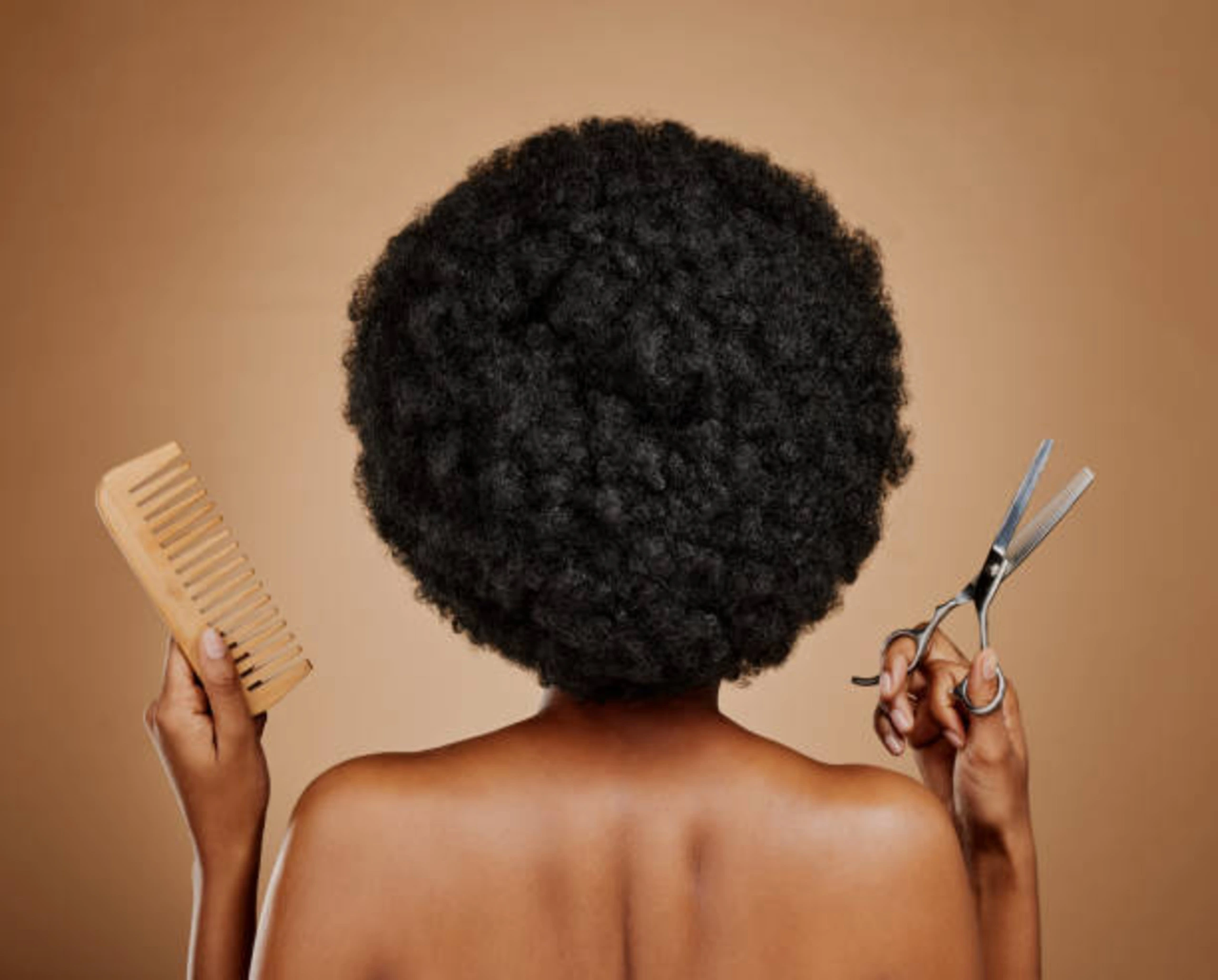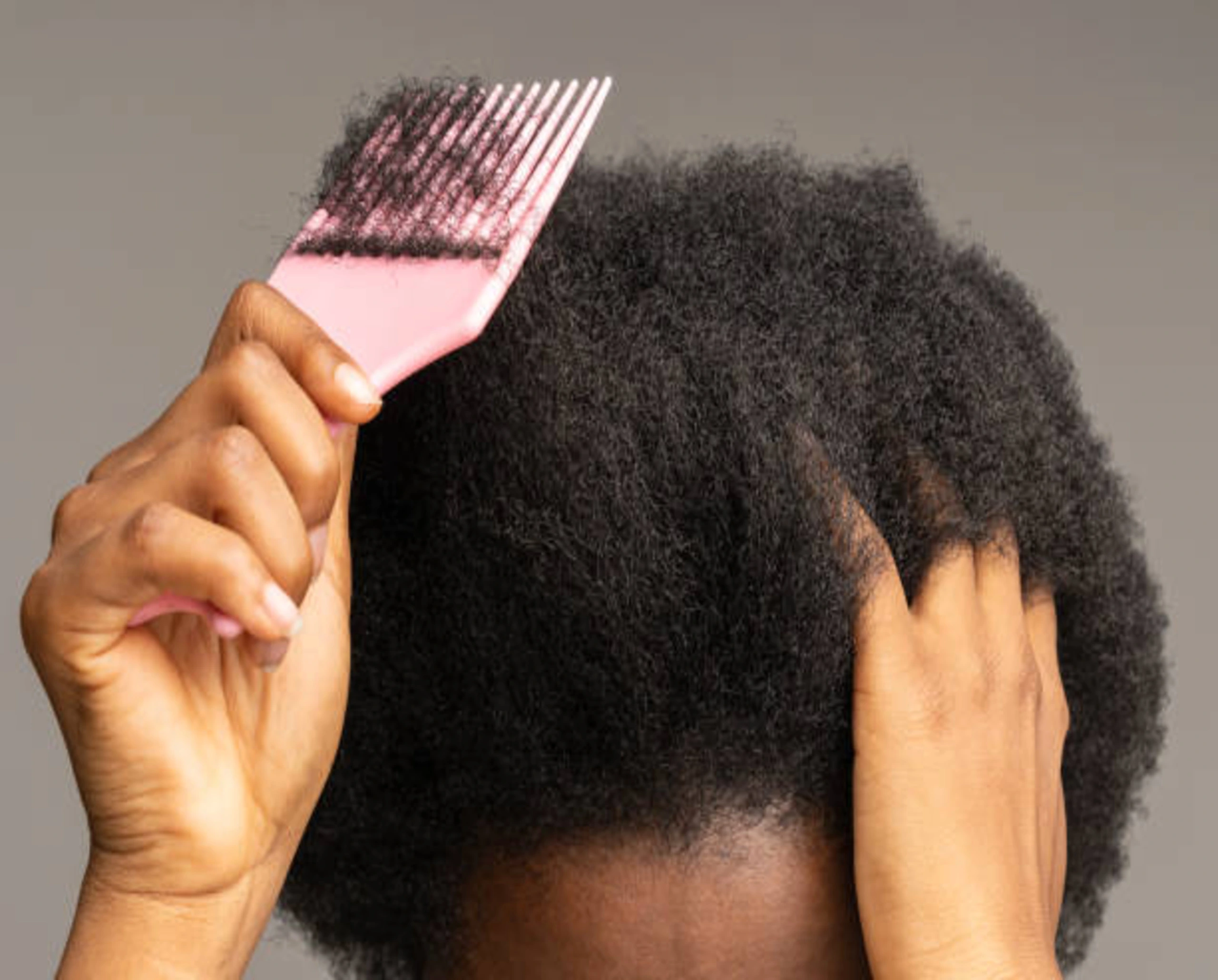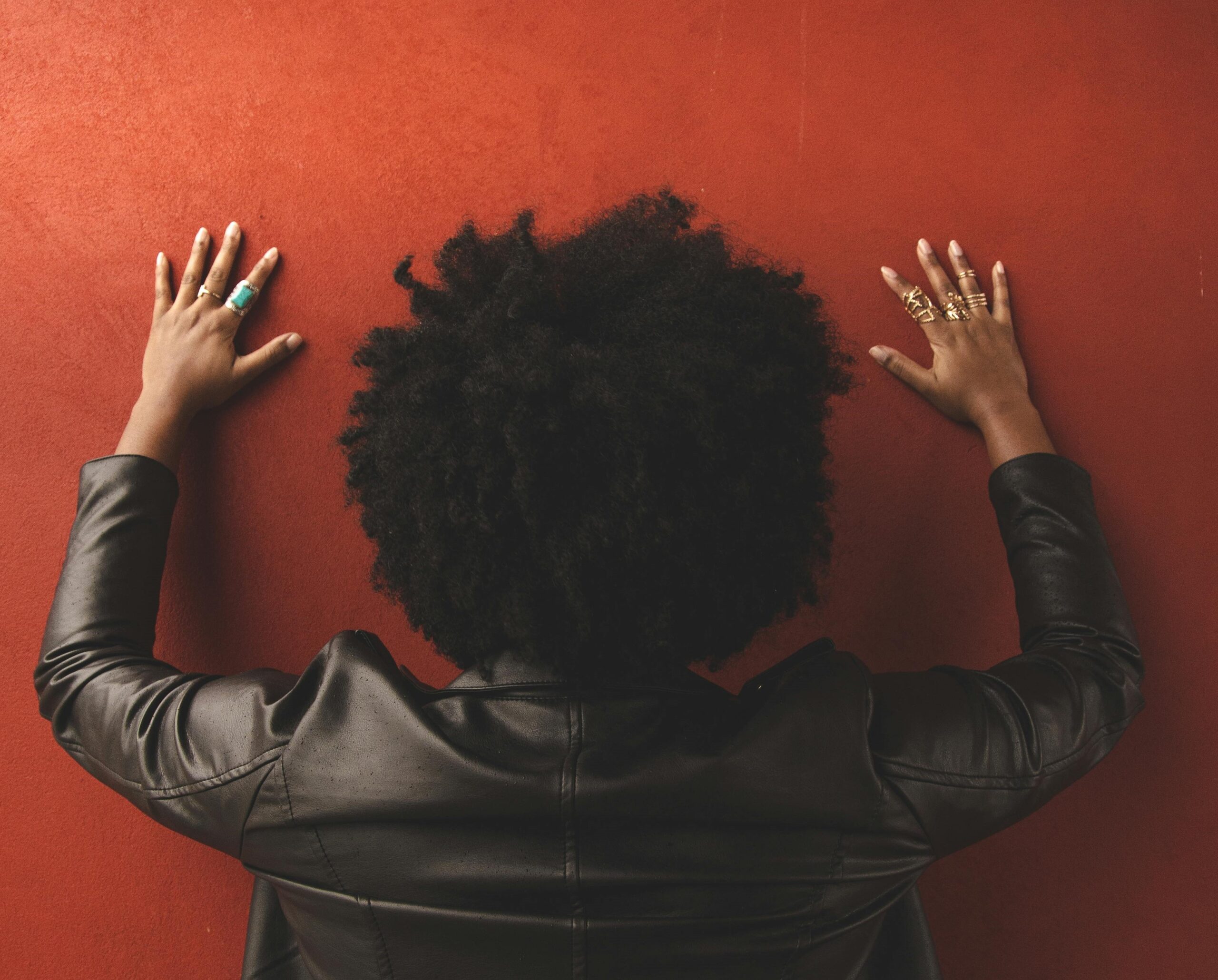
How to Transition from Relaxed to Natural Hair
Transitioning from relaxed to natural hair is a big decision and an exciting journey. For many Nigerians, embracing natural hair is a way to celebrate our heritage and beauty. Here are some simple steps to help you transition smoothly.
10 ways to Transition from Relaxed to Natural Hair
1. Make the Decision
The first step is to decide that you want to go natural. This choice is personal and should be made for the right reasons. Remember, this journey will take time and patience, but the results are worth it.
2. Stop Relaxing Your Hair
Once you decide to go natural, stop using relaxers. These chemicals straighten your hair but can cause damage over time. Let your new growth come in naturally.
3. Trim Your Ends Regularly
As your natural hair grows, trim the relaxed ends every few months. This helps prevent breakage and keeps your hair healthy. Some people choose to do a “big chop,” which means cutting off all the relaxed hair at once. Others prefer to trim gradually. Do what feels comfortable for you.
4. Moisturize and Condition
Natural hair needs moisture to stay healthy and strong. Use a good conditioner and deep condition your hair regularly. Look for products with natural ingredients like shea butter, coconut oil, and aloe vera. These help to keep your hair soft and manageable.
5. Gentle Detangling
Detangling your hair can be challenging, especially when you have two different textures. Use a wide-tooth comb or your fingers to detangle gently. Start from the ends and work your way up to the roots. Always detangle when your hair is wet and has conditioner in it.
6. Protective Styles
Protective styles are great for transitioning hair. They help protect your new growth and give your hair a break from daily styling. Some popular protective styles include braids, twists, and weaves. Make sure not to make them too tight to avoid damaging your hair and scalp.
7. Avoid Heat
Heat can damage both your natural and relaxed hair. Try to avoid using flat irons, curling irons, and blow dryers. If you must use heat, always apply a heat protector first.
8. Be Patient
Transitioning to natural hair takes time. Your hair may go through awkward stages, and you might get frustrated. But be patient and stay committed to your journey. Remember, you are not alone. Many people are going through the same process.
9. Join a Community
Find support from others who are also transitioning. Join online forums, social media groups, or local meetups. Sharing your experiences and learning from others can make the journey easier and more enjoyable.
10. Celebrate Your Progress
Every step you take towards natural hair is an achievement. Celebrate your progress and the beauty of your natural hair. Take pictures, try new styles, and enjoy the journey.
Conclusion
Transitioning from relaxed to natural hair is a beautiful process that requires care and dedication. By following these steps, you can ensure a healthy and successful transition. Embrace your natural hair and the unique beauty it represents. You are on a path to discovering and loving your true self.




